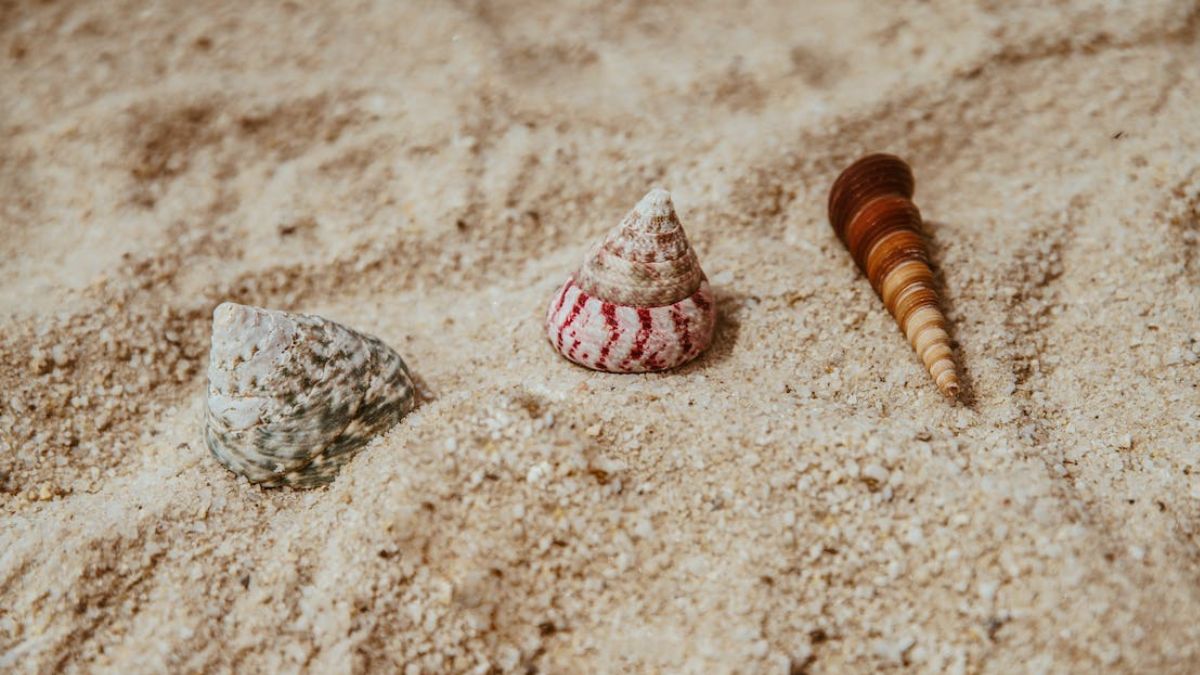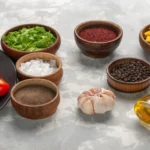Clams have existed for millions of years, making them an interesting and unique species. They are members of the phylum Mollusca and can be found in water bodies worldwide. Clams have several benefits, both biologically and in the kitchen.
Biology of Clams
As bivalve mollusks, clams have a double shell to safeguard their sensitive inside. They swim with the help of a muscular foot, and their gills filter water for food. Some species of clams can live for up to 500 years and come in a wide range of sizes, colours, and shapes.
Clams are crucial to marine food webs. In addition to providing food for a wide variety of marine life, they also play an important role in filtering the water.
Culinary Uses of Clams
Many different societies have relied on clams as a main source of nutrition for thousands of years. The Italian, Chinese, and American kitchens all use them often. Chowders, stews, and pasta dishes are just some of the many uses for clams. You can eat them raw, or cook them in a variety of ways.
- Clam soup is often regarded as one of the best ways to enjoy. Potatoes, onions, and bacon are the main ingredients in this hearty, savoury soup. It’s a regional delicacy from the Northeast that has been popular for generations. Clams are used frequently in seafood boils and as a topping for pizza.
- Indeed, clams are a healthy option for a meal. They are a good source of protein, vitamins, and minerals and have a low amount of fat. They include omega-3 fatty acids, which are beneficial to heart health, and are a good source of iron, which is necessary for healthy blood.
Harvesting and Sustainability
Hand harvesting, dredging, and raking are just a few of the methods used to collect clams. Clams can be gathered either by hand, by digging them up from the sand, or by dredging them up from the ocean floor using a boat and a huge net. Using a rake-like equipment, known as “raking,” clams can be harvested from shallow water.
The clam population has declined in some regions due to overfishing and the destruction of habitat. The long-term survival of clam populations depends on responsible management of clam fisheries. Limiting catches, safeguarding habitats, and cutting down on water pollution all fall under this category.
Types of Clams
Clams come in a wide variety of shapes, sizes, colours, and behaviours. The following are examples of common clams:
- Hard Clams (Mercenaria mercenaria): Hard, often called quahogs, are the most frequently harvested type of clam in the United States. They are resident from Canada to Florida on the East Coast, and their lifespan can exceed 40 years.
- Soft-shell Clams (Mya arenaria): The Atlantic Ocean, from Canada to South Carolina, is home to soft-shell, also called steamers. They’re great for using in chowders and fried foods thanks to their thin shells and tender meat.
- Razor Clams (Ensis spp.): The shell of a razor clam is long and narrow, much like a razor. They are commonly served fried or sautéed and may be found all over the West Coast of North America.
- Geoducks (Panopea generosa): The geoduck is the longest-lived clam species, with a possible lifespan of 100 years. You can find them all over the West Coast of North America and they taste great raw or in sushi.
Clamming Culture
In many coastal communities, clamming serves as a popular pastime. Many American families rely on the clamming industry for their livelihood, particularly in the Pacific Northwest and along the East Coast. At low tide, beachgoers armed with rakes or shovels can go clamming. It’s a good time and it can yield a healthy and delicious lunch.
Many Indigenous societies also place a high value on clamming. The indigenous peoples of the Pacific Northwest have been collecting for thousands of years, during which time they have perfected a number of complex methods for doing so.
Clams in Art and Literature
The humble clam has long served as inspiration for artists and writers. They have been used as symbols for the ocean and its wealth in art, literature, and sculpture. Santiago, the protagonist of Ernest Hemingway’s “The Old Man and the Sea,” is known for his use of clams as bait when he catches a large marlin and draws in a school of sharks. Along with some raw and the remainder of his bread, Santiago consumes a cluster of tiny crabs he found.
Conclusion
For thousands of years, people all around the world have enjoyed the unique flavour and texture of in both culinary and cultural contexts. As a nutritious food source and vital component of marine ecosystems, they offer numerous advantages to human health. Sustainable clam consumption is essential to ensuring that, like other shellfish, will be available for future generations to enjoy.
As this article has shown, clams have played a vital role in human society for hundreds of years, and they are an incredibly interesting and adaptable organism. There is a great deal to understand and enjoy about these creatures, from their biology to the ways in which they can be used in the kitchen. Digging for your own clams on the seashore or eating a bowl of clam chowder, clams are a delicious and healthy addition to any meal.











